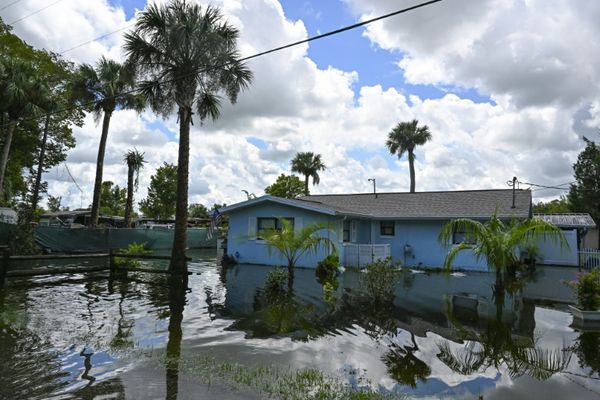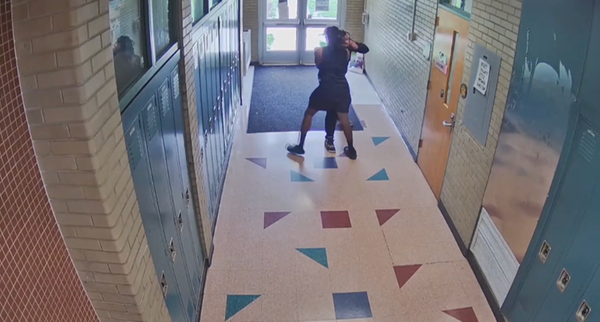Scientists have released more than 300 baby seahorses into waters north of Newcastle in a bid to save Australia's only seahorse species on the endangered list.
White's seahorse used to be a common sight in Sydney Harbour and the waters of Port Stephens, but in recent years the numbers have declined dramatically.
Diver and Department of Primary Industries (DPI) scientist David Harasti has witnessed this decline.
"Twenty years ago I could go diving here and I'd find 20 to 30 seahorses a dive," he said.
"But if I go there now I'd be lucky to find one or two."
Laura Simmons, the Regional Curator for Australia and New Zealand Sea Life, said the coastal ecosystem was fragile and disturbances to the sand and human interaction impacted upon it.
"Everything from boat moorings to coastal development, and any of the washout that comes during normal rains," she said.
"The decline of the seahorses has been impacted greatly by the flooding that we've been having in New South Wales over the past few years."
'Best one we've ever done'
Sydney Aquarium hosts the breeding program and Port Stephens seahorses are used as brood stock.
After the fathers give birth – a feature unique to seahorses and sea dragons in the animal world – the babies are raised to a suitable size and released into the same waters their parents came from.
On board a DPI boat off Nelson Bay, divers lowered the babies, sealed in seawater bags, to the sea floor, where they released them into "hotels" — metal structures designed to provide habitat to the juveniles as they mature.
Dr Harasti said release day was always exciting.
"That was the best one we've ever done — 350 baby seahorses sitting around in their new home," he said.
"It's great to see and I can't wait to go back in a couple of weeks and see how they're doing."
DPI scientists will now monitor the seahorses to record their survival and growth.
They are expected to start breeding in October.







